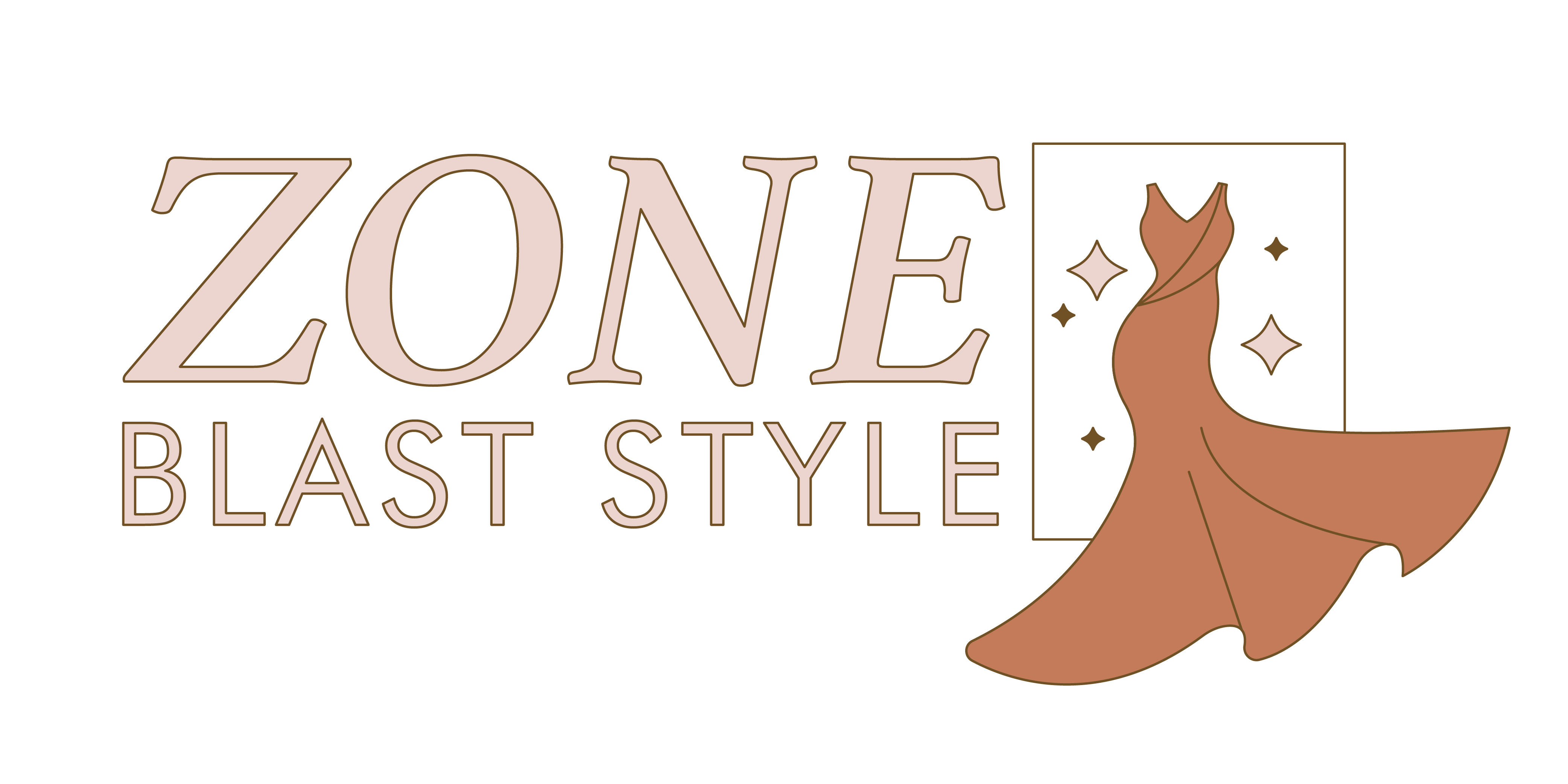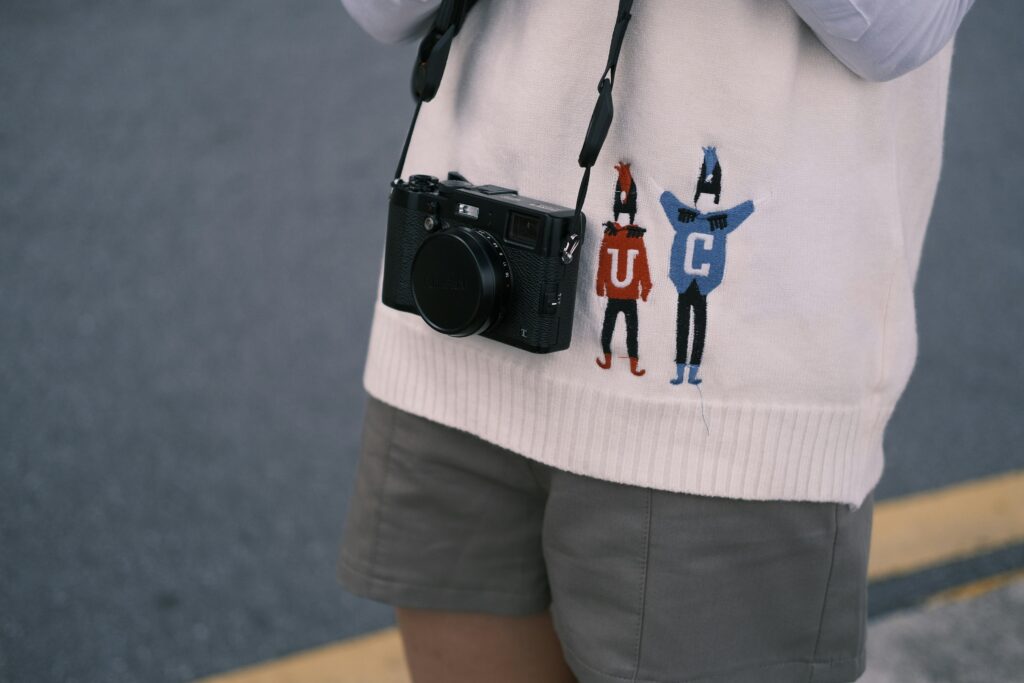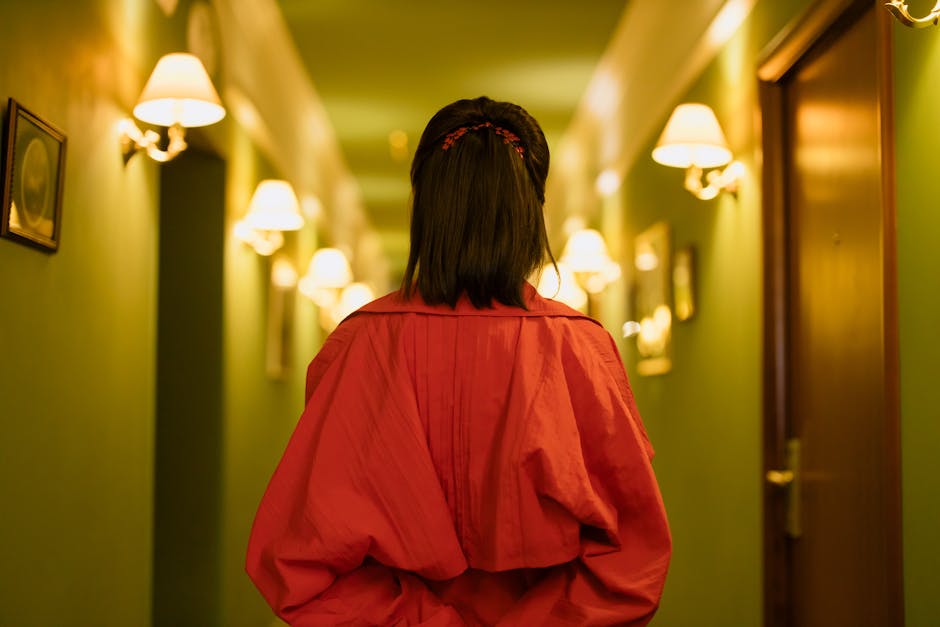Quick Intro: Why Celebrity Fashion Matters
Before runway debuts or magazine spreads, it’s often celebrities who set the tone for what people wear. Whether it’s on red carpets or caught off-guard in a grocery store, their fashion choices ripple fast across cultures. They’re not just wearing clothes—they’re setting moods, marking eras, and sometimes rewriting the rules entirely.
From the structured glam of Grace Kelly to the grunge simplicity of ’90s Gwyneth Paltrow, celebs have long served as living style barometers. Their outfits chart bigger stories—economic optimism, rebellion, identity shifts. The red carpet gives us the polish. Street style shows us the edge. And now, social media pulls the curtain all the way back, letting fans watch fashion evolve in real time.
So when a pop star steps out in an oversized suit or a big-name actor champions vintage denim, it’s not random. Trends don’t just appear—they’re worn into existence. Celebrities walk, and the world follows. Sometimes slowly. Sometimes instantly.
The Early Days: Classic Hollywood Glam
The 1950s and 1960s laid the foundation for what many still call timeless style. Audrey Hepburn, Marilyn Monroe, and Grace Kelly weren’t just stars—they set the tone for elegance, grace, and allure in fashion. Each icon brought a distinct vibe to the spotlight, but the common thread was simplicity done right.
Hourglass silhouettes ruled the era. Think cinched waists, full skirts, and clean lines that flattered natural curves. Pearls weren’t just jewelry—they were status symbols tucked into daily wear. Tailored suits gave women a refined, almost regal, presence without shouting for attention. Nothing was overdone, and yet everything was intentional.
This wasn’t fashion chasing trends. It was fashion setting the gold standard. The term “classic” gets thrown around, but in this case, it’s accurate. These looks didn’t just survive—they still shape style edits, Pinterest boards, and red carpet nods today. Whether in black-and-white films or modern-day remakes, the 50s and 60s continue to whisper the same message: dress with purpose, own your silhouette, and never underestimate the power of a well-fitted suit.
The Revolution: Bold Moves in the ’70s and ’80s
The ’70s and ’80s threw out the rulebook. Fashion stopped whispering elegance and started shouting identity. David Bowie didn’t just wear clothes—he made gender-bending glam rock a movement. Diana Ross lit up stages in sequins and volume, while Madonna soon followed with layered lace, crucifixes, and attitude. Every outfit was a message: who I am, what I stand for, and who gets to define beauty.
Styles bounced between extremes—shiny disco jumpsuits, ripped punk leather, neon spandex, and velvet capes. One day it was Studio 54 sparkle; the next, a DIY punk rebellion. This wasn’t accidental: the cultural tension of the era spilled into fashion. People pushed back against rigid norms, and fabric followed. Men wore makeup. Women wore power suits. Color exploded beyond red-carpet presets. Hemlines clashed, materials shocked, and suddenly, everything was fair game.
Fashion became a battlefield and a playground. Personal style replaced polished consensus. And celebrities led the charge—not as mannequins, but as architects of self-worth and imagination.
1990s Minimalism to Y2K Maximalism
From Bare to Bold: Shifting Style Narratives
The 1990s ushered in a new kind of fashion—one that lived between two extremes. On one end, minimalism reigned supreme. On the other, maximalist flair crept in, paving the way for the bold Y2K era.
Iconic Looks of the Era
- Kate Moss’s slip dress defined minimalist ‘90s chic—barely-there, elegant, and effortless.
- Britney Spears and Christina Aguilera brought Y2K style into full swing, with ultra-low-rise jeans, bedazzled everything, and sheer layers stacked high.
- Destiny’s Child turned coordinated glam into a fashion statement, often pairing statement accessories with body-conscious silhouettes.
Streetwear Meets High Fashion
The lines blurred between everyday wear and runway attire:
- Oversized denim jackets and crop tops became just as fashionable as designer gowns.
- Urban style—like tracksuits, logos, and sneakers—gained mainstream acceptance and infiltrated luxury spaces.
- Hip-hop artists and skateboard culture heavily influenced the crossover appeal.
The Rise of the Supermodel and Power Duos
Fashion in this era wasn’t just about the clothes—it was about who wore them:
- The Supermodel Era took form with icons like Naomi Campbell, Cindy Crawford, and Claudia Schiffer dominating both runways and magazines.
- This era saw the beginning of powerful designer/celebrity collaborations, setting the stage for future brand-partnering empires.
- Designers became household names, and celebrities became bona fide fashion influencers, not just wearers.
Whether it was pared-down elegance or flashy fun, the late ’90s and early 2000s demonstrated that fashion was no longer just seasonal—it was also cultural commentary.
2000s: The Red Carpet Becomes a Stage
The early 2000s marked a major turning point. Red carpets weren’t just where stars walked—they became full-blown fashion events. Nicole Kidman stood out with her minimalist-meets-haute-couture aesthetic, Beyoncé balanced glam and edge in a way few others could, and Lupita Nyong’o brought elegance and bold color into the mainstream spotlight as she emerged in the latter part of the decade.
This era also saw the rise of the celebrity-stylist partnership. Rachel Zoe wasn’t just behind the scenes—she became a brand of her own, locking in the trend of curated star personas. Every Met Gala or awards ceremony came with anticipation: not just who would win, but what they would wear—and who styled them.
Mass media and the internet threw accelerant on it all. Red carpet looks went viral before “viral” was even a thing. Talk shows, fashion blogs, even cable news segments rehashed outfits in real time. Public taste was no longer shaped slowly—it was reacting instantly. Moments like J.Lo’s green Versace dress or Björk’s swan gown didn’t just make headlines—they made history.
2010s to Now: Diversity, Identity, and Influence
In the last decade, celebrity fashion has broken free. Zendaya shows up in a sharp suit one day and a flowing gown the next, never asking for permission. Harry Styles wears pearls with confidence, skirts without hesitation. Billie Eilish built a global brand on oversized silhouettes and bold rebellion. And Rihanna? She doesn’t follow trends—she sets them, often before anyone else sees them coming.
What ties them together isn’t just fame—it’s fearlessness. These artists represent a shift toward self-expression over conformity. Gender-fluid styling isn’t a statement anymore—it’s just fashion. Sustainability, once a niche concern, is now part of the conversation on and off the red carpet. The message is clear: wear what speaks to you and don’t apologize for it.
And while designers still play a role, platforms like Instagram and TikTok have changed the game. Celebs and their stylists get real-time feedback. Looks aren’t just revealed—they’re tested, memed, dissected. That constant loop of critique and praise pushes celebrities to take risks, and we’re seeing fashion evolve faster than ever.
This isn’t just about aesthetics. It’s about identity, values, and how the most-watched people on the planet choose to show up. That influence trickles down fast—and it’s reshaping what it means to be stylish in 2024.
What We Can Learn from Iconic Celebrity Style
Style Fades, Personal Identity Lasts
Fashion trends come and go—each season brings fresh silhouettes, colors, and textures. But personal style? That’s what endures. Icons like Audrey Hepburn, Rihanna, or Harry Styles aren’t just known for what they wore, but how they wore it. Their influence stems from a consistent, confident point of view.
- Trends evolve, but authenticity resonates
- Celebrities with memorable style stay true to their core aesthetic
- Confidence often matters more than the clothes themselves
Invest in Pieces That Speak to You
You don’t need a celebrity budget to channel iconic fashion. The key is to invest in versatile wardrobe staples inspired by the greats—and to wear them in ways that reflect your personality.
- Seek timeless items: a well-fitted blazer, classic denim, or elegant black dress
- Use accessories to tap into a favorite celebrity aesthetic
- Balance trendy pieces with wardrobe essentials for long-term wear
Bring the Red Carpet Into Your Reality
You can take inspiration from iconic looks without mimicking them outright. It’s about translating high-profile style into your everyday life.
- Look for cuts and colors that suit your body and taste
- Focus on fit and layering over high price tags
- Don’t underestimate the power of tailoring
For more practical ideas, check out this guide: How to Get the Red Carpet Look on a Budget.
Final Thought: Style Evolution Is Never Finished
Fashion never sits still. What once seemed bold becomes familiar, and what’s old eventually returns with a twist. Every generation takes what came before—edits it, stretches it, and spins it into something new. You can see echoes of Audrey’s grace in today’s minimalist fits, or Bowie’s flair in Gen Z’s gender-fluid looks.
Trends will keep turning over. That much is guaranteed. But the one thing that doesn’t go out of style? Confidence. Whether it’s a thrifted jacket or a runway gown, if you wear it like you mean it, it works.
Celebrities still lead the charge—dropping looks that set the internet on fire, breaking norms with a single outfit. But the audience isn’t just reacting anymore. They’re remixing in real-time. The line between trend-setter and trend-adopter is thinner than ever. That’s the beauty of evolution: it keeps going, and we all get to be part of what comes next.

 Fashion Trends Editor
Fashion Trends Editor
